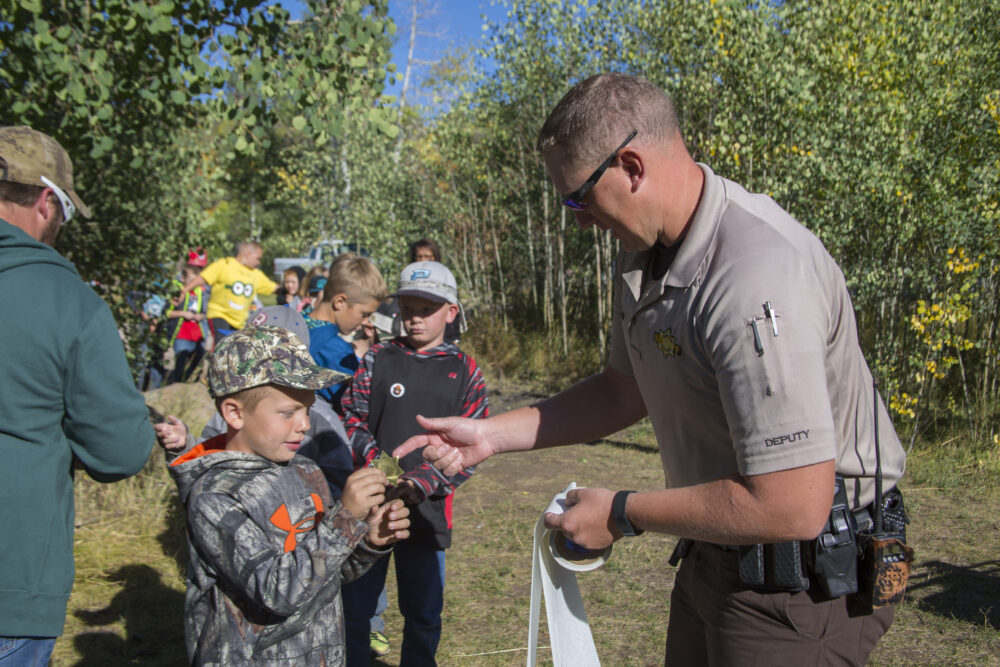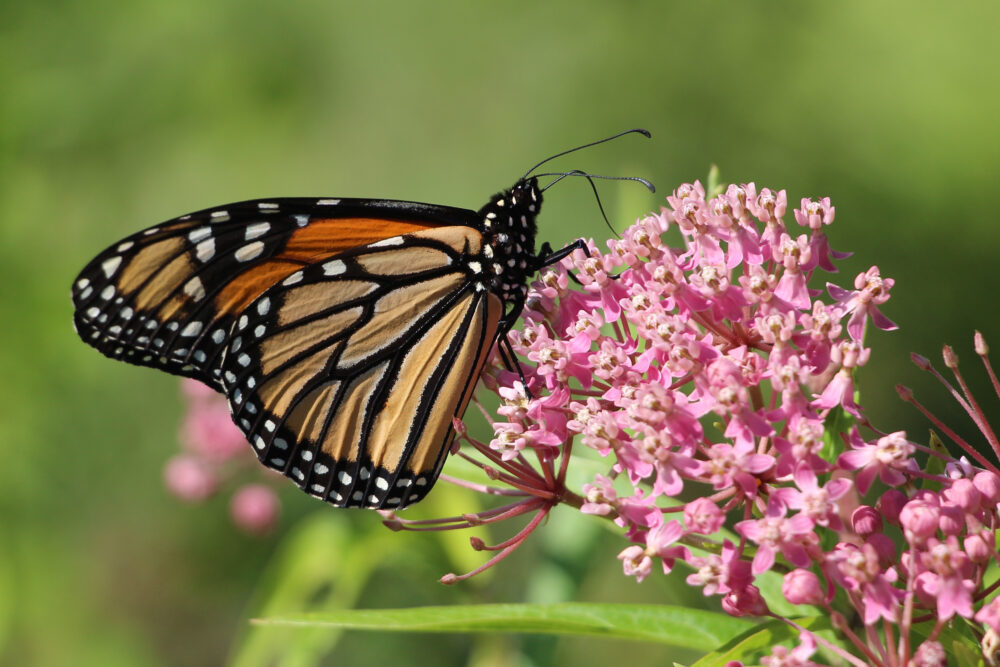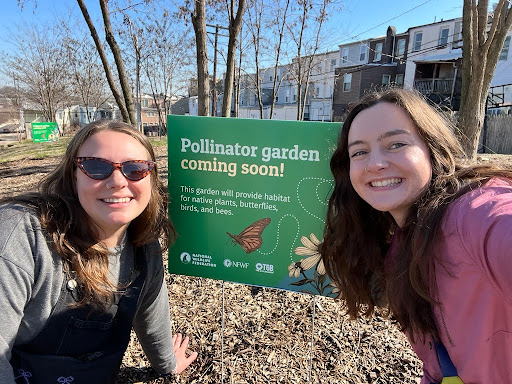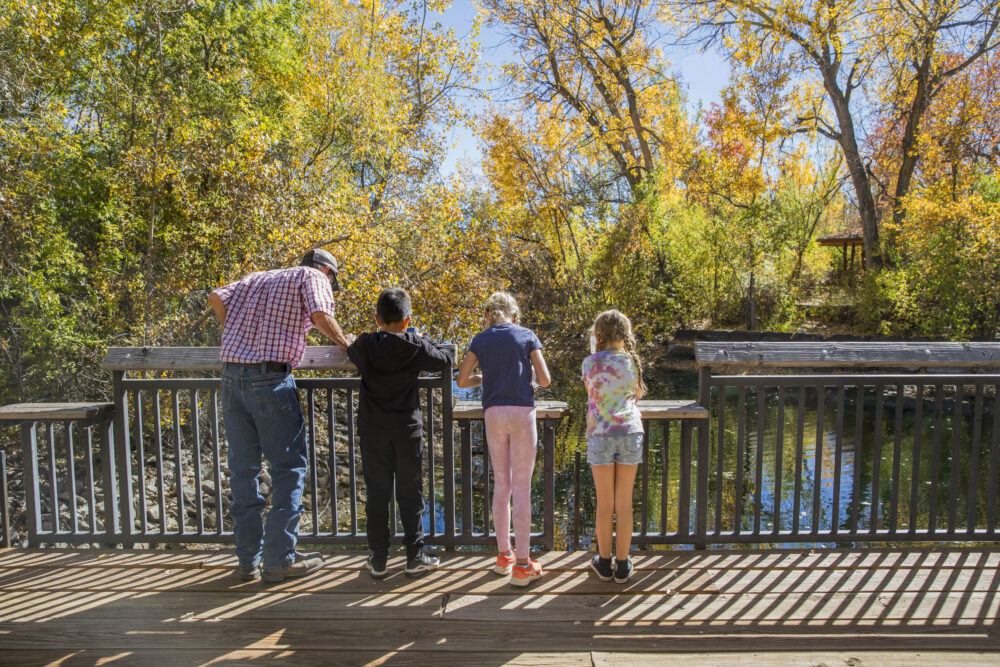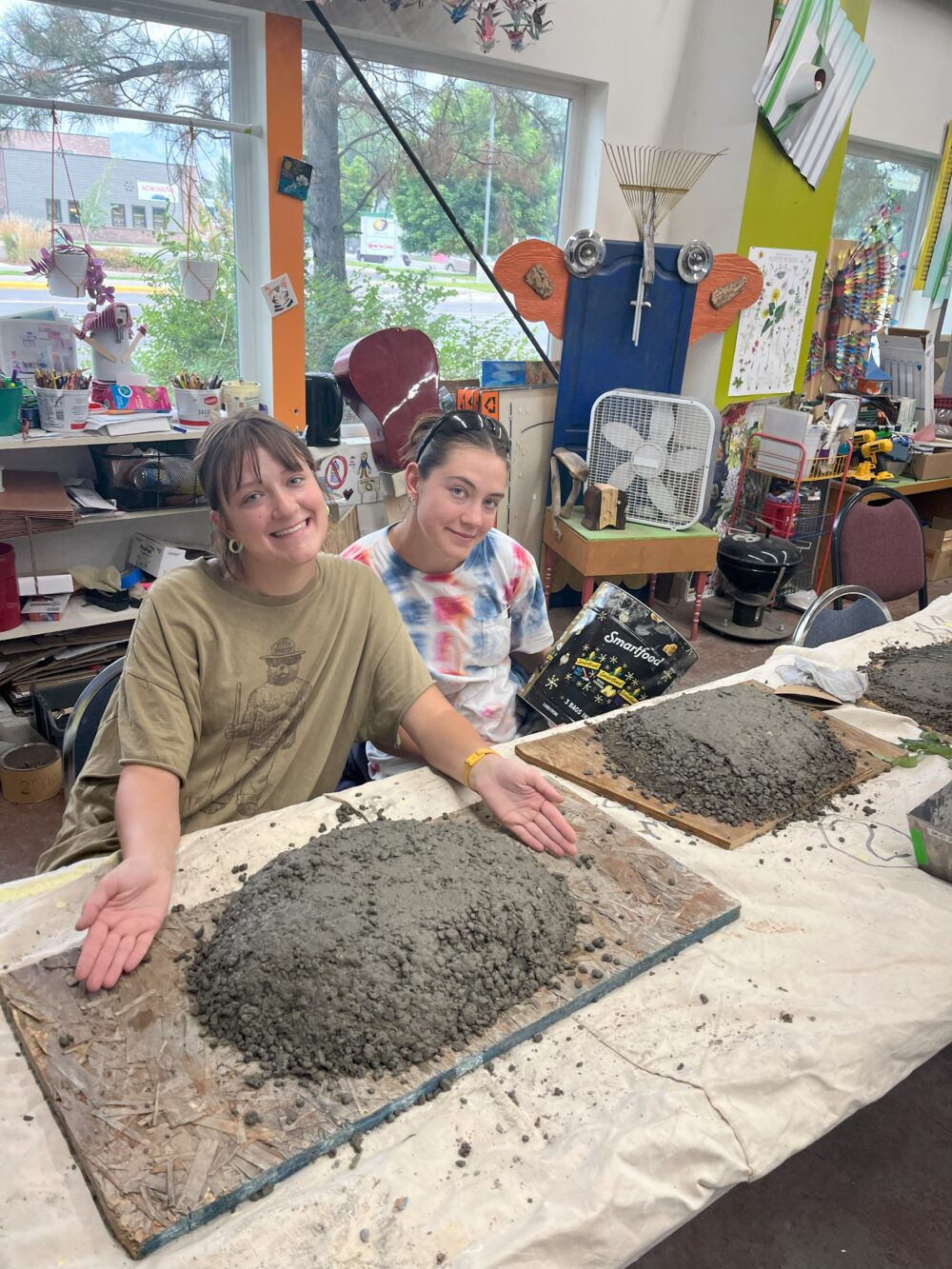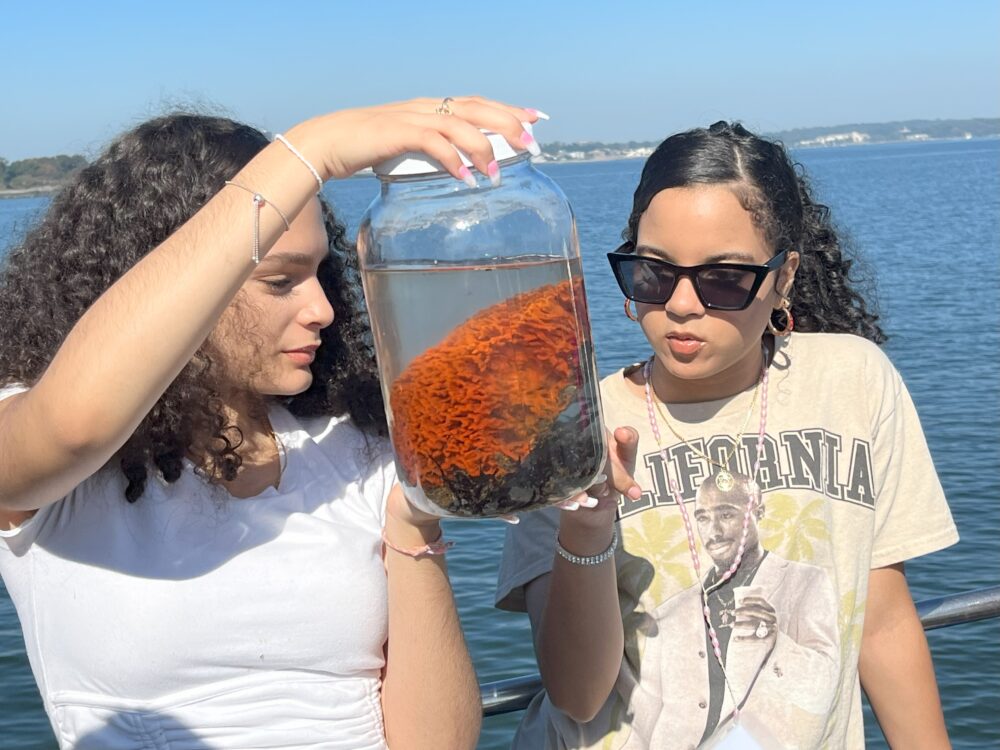We have much more to do and your continued support is needed now more than ever.
Advancing Jobs in the Sustainable Building Sector
Interview with Jaime Van Mourik, Higher Education Director, U.S. Green Building Council
Conducted by Crystal Jennings, the National Wildlife Federation
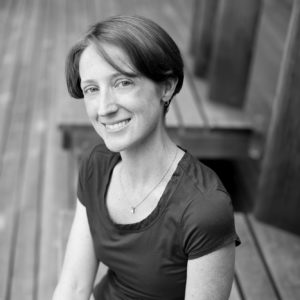
- Supporting faculty instructors through a new platform called Education @ USGBC to better meet the needs of faculty and instructors as they work to incorporate the concepts of sustainability and the sustainable built environment into their existing or new courses.
- Partnering with institutions of higher education to deliver project-based learning experiences on campus such as the LEED Lab, a multidisciplinary immersion course that utilizes the built environment to educate and prepare students to become green building leaders and sustainability-focused citizens.
Jamie (JVM) speaks with Crystal Jennings of the National Wildlife Federation about advancing job placement in the sustainable built environment and her recommendations for how community colleges can play a vital role in preparing students for 21st century green and clean jobs.
Q: What have you observed about the number, growth and types of green and clean jobs available across (your region or industry as applicable) in the last few years?
JVM: There was a really compelling study released in October 2015 between Booz Allen Hamilton and USGBC entitled, 2015 Green Building Economic Impact Study. The report provides results of an analysis conducted between 2010 and 2014 of the green building industry and includes projections of industry growth up until 2018. It concludes that by 2018, green construction is going to account for 3.3 million U.S. jobs and $190.3 billion in labor earnings.
Now consider that this report only covers the U.S. and we are seeing great growth internationally – this is a global trend. We now live in a global economy and need to prepare students for that reality.
Over the past ten years, we have seen an increase in international students enrolling in both two and four-year institutions in the U.S. Many of these students will return to their home countries after graduation so there are tremendous opportunities to educate the next generation beyond the U.S. and when we consider the large growth markets internationally for green construction – India, China, Brazil, the Middle East to name a few – the opportunities are endless. The future is green and we’re certainly seeing this, particularly in the building industry sector.
In terms of the U.S., when you look at the implications of this report for state tax revenues and other economies that support the building industry, the job opportunities are plentiful. However, unless we disrupt the current curriculum, we’re not going to have the right professionals prepared for these jobs.
Q: What roles have community colleges played, if any, in generating and meeting this demand? And how important will their roles be in the future?
JVM: Community colleges provide the education for the trades of the building industry. We’ve got a lot of professional architects, engineers and construction management professionals that may require additional training and we also have all of the various trades and subcontractors that we rely on for our constructed environments. Being able to provide them with knowledge about sustainable practices is going to be increasingly more important as the market shifts to examine ways to green both our existing buildings, new construction and all of the spaces within.
We’re not just talking about buildings anymore, we’re talking about infrastructure changes, landscape changes, community development and planning and how that effects policy. Again, I see community colleges as a very critical piece to the puzzle because they will be helping to educate those individuals that are only looking to have education at a two-year institution.
Because of rising tuition costs, more students are having to enter post-secondary education through the doors of community colleges and then matriculate to a four-year institution, so there needs to be career pathways and strong links between what’s happening at the two-year and four-year institutions.
Q: If a community college student is interested in going into natural resource areas, clean energy, greener buildings, or many other related clean economy careers, what would you advise them to do and (if applicable) how can your organization help with that?
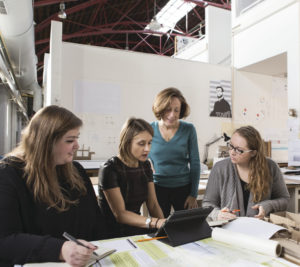
Faculty really rely on students to initiate change. Empowering students to stand up and say what they want is one of the ways to inspire change. Students should search for opportunities where they are able to demonstrate how their knowledge can be put into practice. This is what employers are looking for. Additionally, any academic work that can lead to a credential, certificate or even a badge is also valuable.
In terms of what USGBC can provide, we have a student engagement initiative, USGBC Students, which will be evolving in the next few months to better support students in the areas of accelerating professional development, increasing access to a network of qualified professionals, and providing local opportunities for hands-on learning. Our goal is to be able to equip all interested students with more opportunities for learning about sustainable practices in the built environment.












